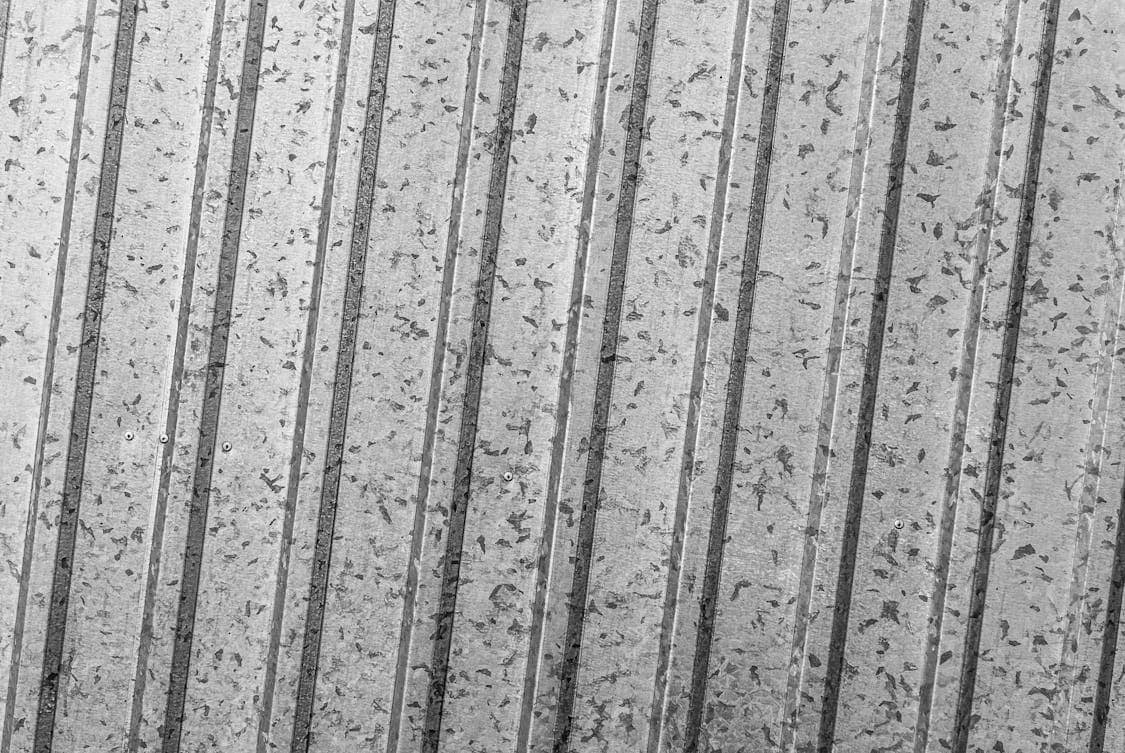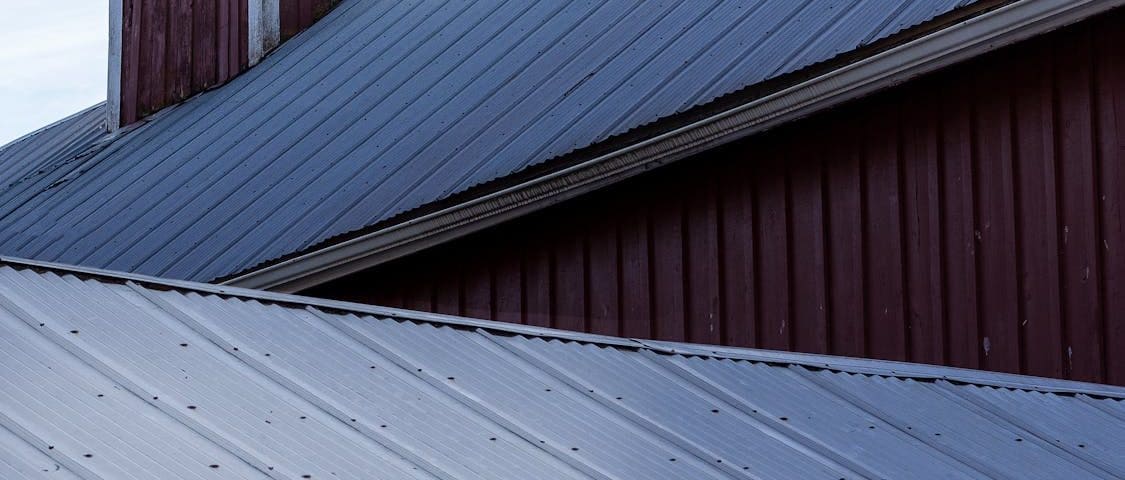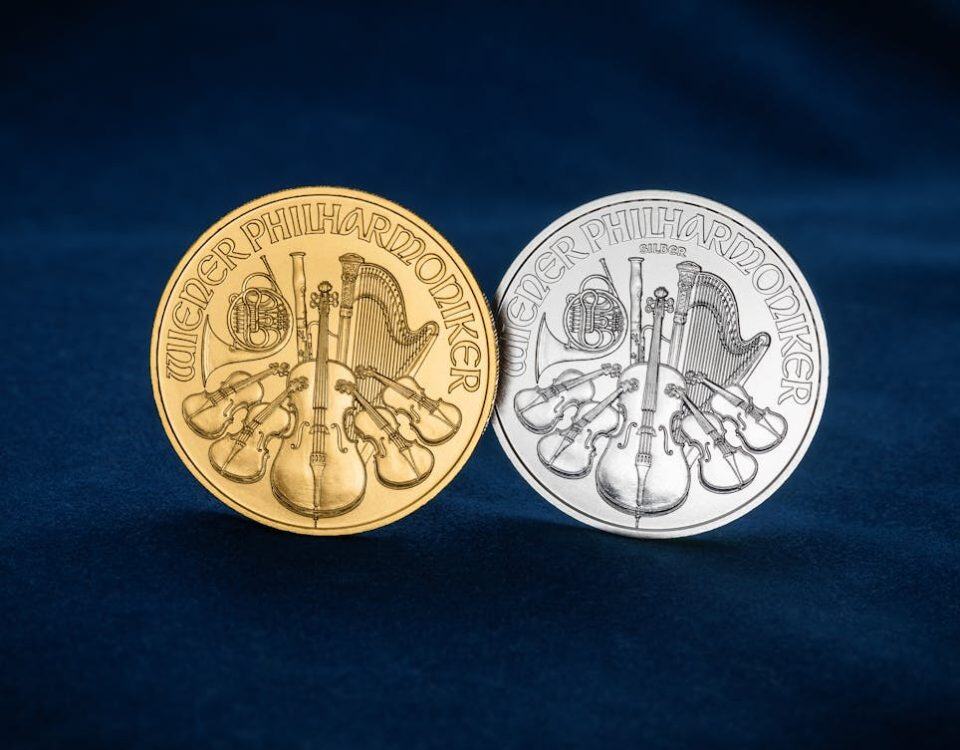
Is Ozone Effective on Old Cigarette Smells? Explained
May 12, 2025
5 Reasons Epoxy Floors Are Easier to Maintain Than Others
June 4, 2025Steel roofing has gained significant traction in the building industry thanks to its durability and aesthetic appeal. Homeowners often seek reliable materials that will withstand the test of time, and steel roofing fits the bill.
But how long does steel roofing actually last? Understanding its lifespan can help you make informed decisions when it comes to roofing options.
The Average Lifespan of Steel Roofing
On average, steel roofing can last anywhere from 40 to 70 years. This impressive lifespan is far superior to traditional roofing materials such as asphalt shingles, which typically need replacement every 15 to 20 years.
While the longevity of steel roofing can vary based on several factors, its reputation for durability is well-earned.
Factors Influencing Steel Roofing Lifespan
Several key elements can affect the lifespan of steel roofing. These include the quality of the materials used, the installation process, local climate conditions, and maintenance practices.
A closer look at these factors can shed light on how they interact with the longevity of steel roofs.
Material Quality

Not all steel roofing is created equal. Higher-quality steel, specifically galvanized or galvalume varieties, are coated to resist rust and corrosion.
This protective layer plays a significant role in extending the roof’s lifespan. Thicker steel panels also tend to last longer due to their enhanced resistance to physical damage and weathering.
Installation Practices
Proper installation is vital. A poorly installed steel roof may not achieve its full potential lifespan.
Hiring experienced professionals who follow industry standards ensures that the roofing system is correctly fastened and sealed. Small mistakes in installation can lead to leaks and other issues that shorten the roof’s life.
If you’re unsure where to begin, consider reaching out to a trusted steel roofing contractor to ensure the job is done right the first time.
Climate Considerations
The climate in which the roof is installed dramatically influences its longevity. Areas with extreme weather conditions, such as heavy snow, hail, or high winds, pose greater risks.
Additionally, proximity to saltwater can accelerate corrosion in certain types of steel. Homeowners in harsher climates should consider the specific recommendations for steel roofing systems that address these environmental challenges.
Maintenance Practices
Routine maintenance is essential for maximizing the lifespan of steel roofing. Regular inspections can identify potential issues before they escalate.
Keeping gutters clean and removing debris from the roof are basic maintenance tasks that can prevent water accumulation and rusting. A little attention goes a long way in prolonging the life of your roof.
The Benefits of Steel Roofing
Steel roofing offers numerous advantages that contribute to its popularity among homeowners. Beyond its impressive lifespan, the material also boasts energy efficiency, fire resistance, and low maintenance requirements.
Energy Efficiency
Steel roofing can reflect more sunlight than traditional materials, which helps reduce cooling costs in warmer months. Many steel roofs are also insulated, providing additional energy savings.
Homeowners can enjoy lower utility bills while benefiting from a product that lasts longer than alternative options.
Fire Resistance
Steel is inherently fire-resistant, making it a safe choice for homeowners concerned about fire hazards. Unlike wooden shingles, steel roofing does not ignite easily, offering peace of mind during fire season or in areas prone to wildfires.
Low Maintenance Needs
Compared to other roofing materials, steel roofing requires minimal upkeep. Once installed, it can withstand the elements without the need for frequent repairs.
This characteristic makes steel an attractive option for busy homeowners who want a reliable roofing system without constant attention.
Different Types of Steel Roofing
When considering steel roofing, it’s essential to understand the various options available. Each type has unique characteristics that might suit different preferences or needs.
Corrugated Steel Roofing
This type features a wavy design that enhances its strength and durability. Corrugated steel is popular in agricultural and industrial applications but is increasingly seen in residential settings.
Its strength allows it to handle heavy loads, making it an excellent option for areas with significant snowfall.
Standing Seam Metal Roofing
Standing seam roofs consist of vertical panels with raised seams that interlock. This design minimizes the risk of leaks and enhances the roof’s longevity.
Standing seam roofs are often favored for their modern aesthetic and seamless appearance.
Metal Shingle Roofing
For homeowners who prefer the look of traditional shingles, metal shingles offer a stylish alternative. These shingles mimic the appearance of slate or wood while providing steel’s durability.
They are lightweight and easy to install, making them a popular choice for residential properties.
Installation and Warranty Considerations
When investing in steel roofing, understanding the installation process and warranty options is crucial. A well-executed installation can significantly affect the roof’s lifespan and performance.
Importance of Professional Installation
While some homeowners may consider a DIY approach, the complexities of steel roofing installation often warrant professional help. Skilled installers are familiar with the nuances of different systems, which can prevent costly mistakes.
Additionally, many manufacturers require professional installation to honor warranties, making it a wise investment.
Warranty Information
Most steel roofing products come with warranties ranging from 20 to 50 years, depending on the manufacturer and the specific product. These warranties often cover defects in materials and may also include a warranty for paint finish.
Always review warranty details before making a purchase for peace of mind.
Steel Roofing in Comparison to Other Materials
When comparing steel roofing to other common roofing materials, it becomes clear why many homeowners are making the switch.
Asphalt Shingles
Asphalt shingles are one of the most frequently used roofing materials, with a typical lifespan of 15 to 20 years. In contrast, steel roofing can last more than twice as long, providing better value in the long run.
Homeowners looking for lower maintenance and durability will find steel roofing a superior option.
Clay and Concrete Tiles
Clay and concrete tiles are known for their longevity, often lasting 50 years or more. However, these materials can be significantly heavier than steel, which may require additional structural support.
In areas prone to earthquakes, steel roofs can be a safer choice due to their lightweight nature and resilience.
Wood Shingles
Wood shingles offer a classic aesthetic but typically have a lifespan of around 30 years. They require more maintenance, including regular treatments to prevent rot and insect damage.
Steel roofing, with its low-maintenance needs and longer lifespan, presents a compelling argument against traditional wood options.
Environmental Considerations
In an age where environmental awareness is paramount, choosing sustainable materials is a consideration for many homeowners. Steel roofing is often considered an eco-friendly choice.
Recyclability
Steel is one of the most recycled materials globally, and when a steel roof reaches the end of its life, it can be fully recycled. This characteristic reduces landfill waste and contributes to a more sustainable building cycle.
Energy Efficiency and Reduced Waste
The energy-efficient properties of steel roofing not only lower energy costs but also reduce the overall carbon footprint of a home. With less energy required for cooling and heating, homeowners can minimize their impact on the environment.


